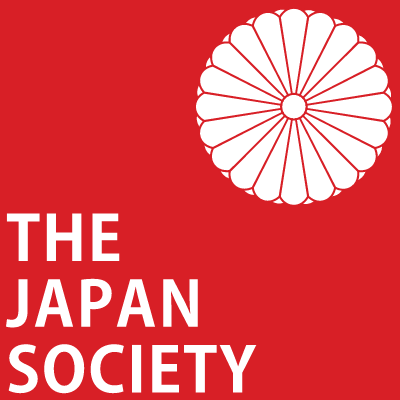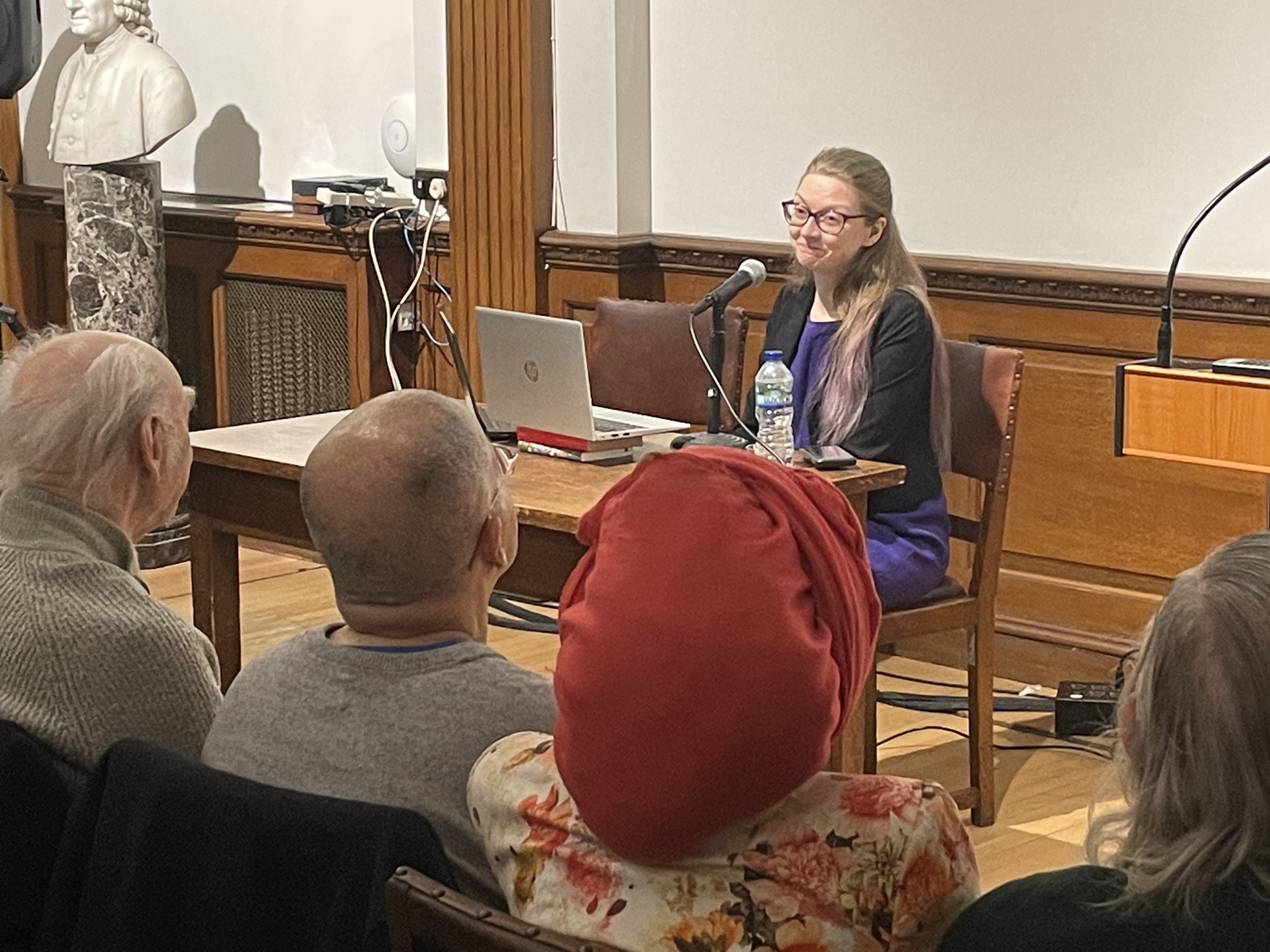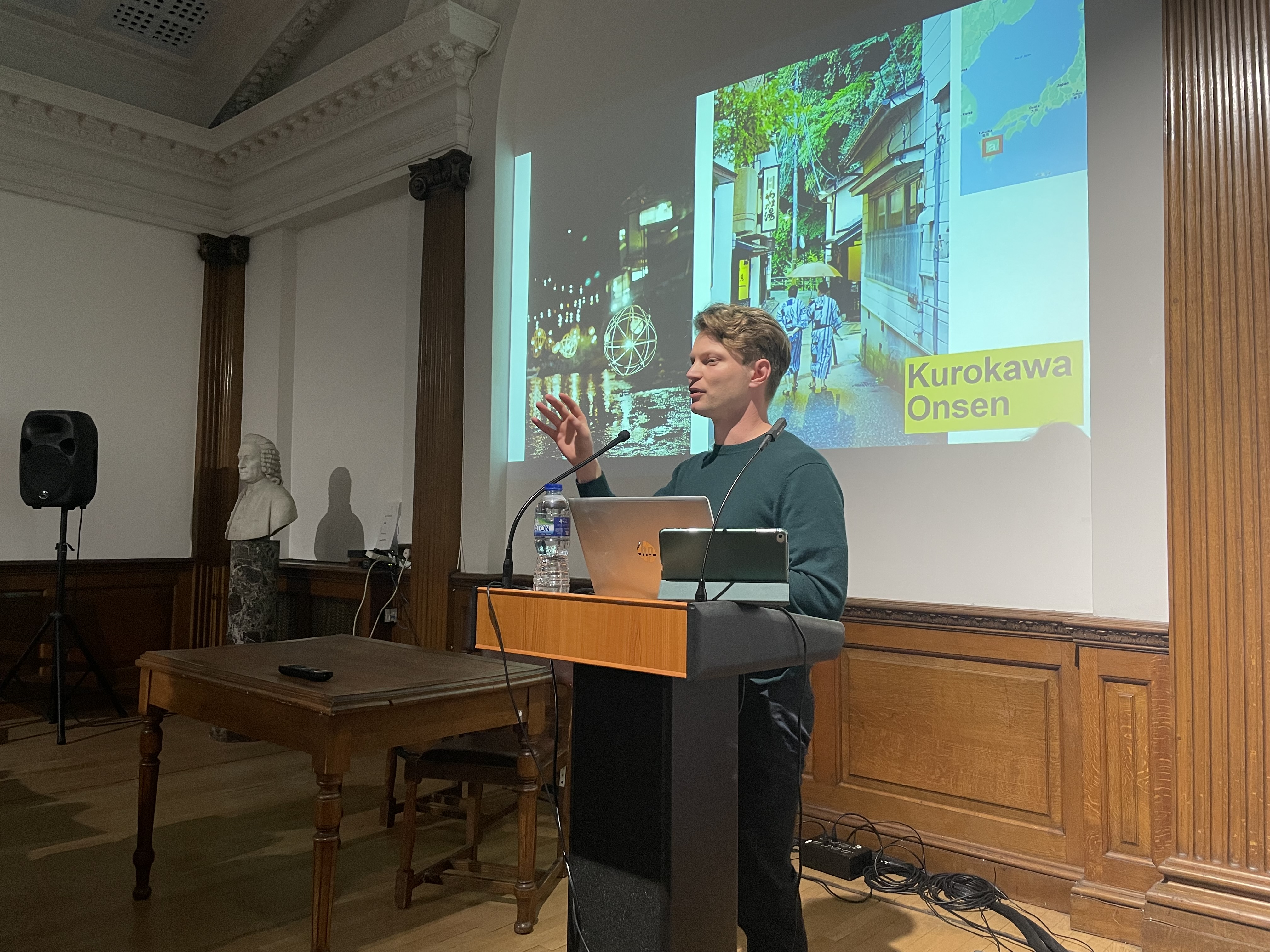The Japan Society Public Lecture Series: January – March 2025

In January, February, and March 2025, we presented a captivating lecture series that explored various aspects of Japanese culture, including the significance of Japanese illustrated books, the evolution of Japanese fashion, and hidden gems of rural Japan discovered from a bicycle.
We would like to thank our speakers Dr Louise Boyd, Professor Hiroshi Narumi and Oscar Boyd and everyone who attended the lectures. Special thanks to the Toshiba International Foundation for their support.
Below is a summary of the lectures conducted in January, February, and March 2025.
Click here for upcoming lectures and Join The Japan Society Mailing List to stay informed of future events.
|
Become a member of The Japan Society and have exclusive access to the video recording of most of the lectures and many more events in the "members-only" playlist on our YouTube channel. |
In this lecture, Dr Louise Boyd explored the significance of ehon (Japanese illustrated books) and their evolving role in museum collections. She discussed their history, the Art Fund New Collecting Award, and challenges in displaying certain genres, including shunga (erotic art).
Dr Boyd explained that ehon, often translated as “picture book,” were woodblock-printed illustrated books deeply rooted in Japanese artistic traditions. Before receiving the Art Fund New Collecting Award, National Museums Scotland had a small collection of 79 volumes, mostly from the 19th century. The fund, launched in 2014, aimed to fill gaps in collections and develop curatorial expertise, ensuring museums remain dynamic and reflective of evolving scholarship.
A major milestone came in 2019 with the opening of the museum’s East Asia gallery, which highlighted the need for more diverse acquisitions, including shunga and shunpon ("erotic books"). Previously overlooked due to censorship, these works provide a fuller understanding of art during the Edo period (1603-1868). Dr Boyd noted that institutions like the British Museum have played a key role in bringing shunga into mainstream exhibitions, challenging traditional taboos.
Dr Boyd also introduced recent acquisitions, including Utagawa Kunimori’s shunpon, and expressed optimism about continuing to expand the collection. She concluded that ehon are essential in broadening public appreciation of Japanese culture, and that including shunga helps make museums more engaging and accessible.
Overall, Dr Boyd underscored the importance of curatorial responsibility in shaping narratives and ensuring that museum collections remain dynamic and representative. Her talk offered a compelling insight into the evolving role of ehon within the National Museums Scotland and the broader landscape of Japanese art curation.
17 February - Defining Japanese Fashion: From Meisen Kimono to Issey Miyake - Hiroshi Narumi
In this lecture, Professor Hiroshi Narumi explored the transformation of Japanese fashion from the Meiji period onwards, focusing on the evolving role of clothes in everyday life. Drawing from their research as a Professor at Kyoto Women’s University, he highlighted how his research has shown that Japanese clothing has been influenced by Westernization and cultural shifts.
Prof Narumi revisited his previous lecture on Edo-period kimono, challenging the idea that kimono is a static, traditional costume. In the Edo period, kimono was dynamic, with trends, designers and public participation akin to modern fashion. The Meiji Restoration in 1868 brought a shift to Western attire, exemplified by portraits of Emperor Meiji, who transitioned from traditional court robes in 1872 to a Western military uniform in 1888. The 1872 Dress Code Edict further cemented the adoption of Western clothing in official settings.
While men embraced Western fashion in public, women continued to wear kimono privately, leading to a gender divide. Intellectuals in the Taisho period criticized women’s resistance to Westernization, leading to attempts at creating “reformed kimono” with Western elements, though these designs were unpopular. Disasters like the 1923 Great Kanto Earthquake highlighted the impracticality of kimono, reinforcing calls for Western-style clothing, but kimono continued to evolve, incorporating new dyes and techniques, especially in mass-produced styles like Meisen kimono.
The rise of department stores like Mitsukoshi and Takashimaya in the 1920s brought Western fashion to Japan, but the “modern girl” embodied a blend of Western and Japanese styles. Prof Narumi also noted that Japanese designers, such as Issey Miyake, continue to merge traditional techniques with modern design, demonstrating kimono’s ongoing evolution.
This lecture emphasised that the kimono, is a dynamic and evolving part of Japanese fashion, reflecting the country’s ongoing dialogue between tradition and modernity.
This lecture was co-organised with The Japan Foundation; in partnership with Circle of Japanese Art London.
In this lecture, journalist and producer Oscar Boyd shared highlights from his 3,000-kilometer journey cycling from Kyushu to Hokkaido. Using clips from his documentary on YouTube, Boyd took the audience on a visually rich journey, exploring Japan’s diverse landscapes beyond the popular Golden Route of Tokyo, Kyoto, and Osaka. His adventure through volcanic craters, rice paddies, and alpine roads revealed the untapped beauty of rural Japan, offering a fresh perspective on the country’s vast potential for adventure travel.
Boyd also highlighted his encounters with local communities and regional cuisines, such as fresh oranges in Kumamoto and giant oysters in Hokkaido. His experiences with chefs, farmers, and monks at Koyasan emphasized the warmth and hospitality of rural Japan. The lecture not only showcased the physical challenges of cycling but also the cultural richness and personal growth Boyd gained along the way.
Touching on the untapped potential of adventure travel in Japan, Boyd discussed how visitors could be encouraged to explore beyond the well-known tourist spots. His engaging storytelling and documentary footage effectively conveyed the essence of his journey - celebrating Japan’s landscapes, people, and food while making a compelling case for stepping off the beaten path to discover the country’s hidden gems.
The lecture concluded with an insightful Q&A session, where attendees had the opportunity to ask about Boyd’s future travel plans, practical tips on replicating a similar trip - from bike and clothing recommendations to hilarious anecdotes from the road - making it a truly interactive and enriching experience for all.
Supported by the Toshiba International Foundation (TIFO)





